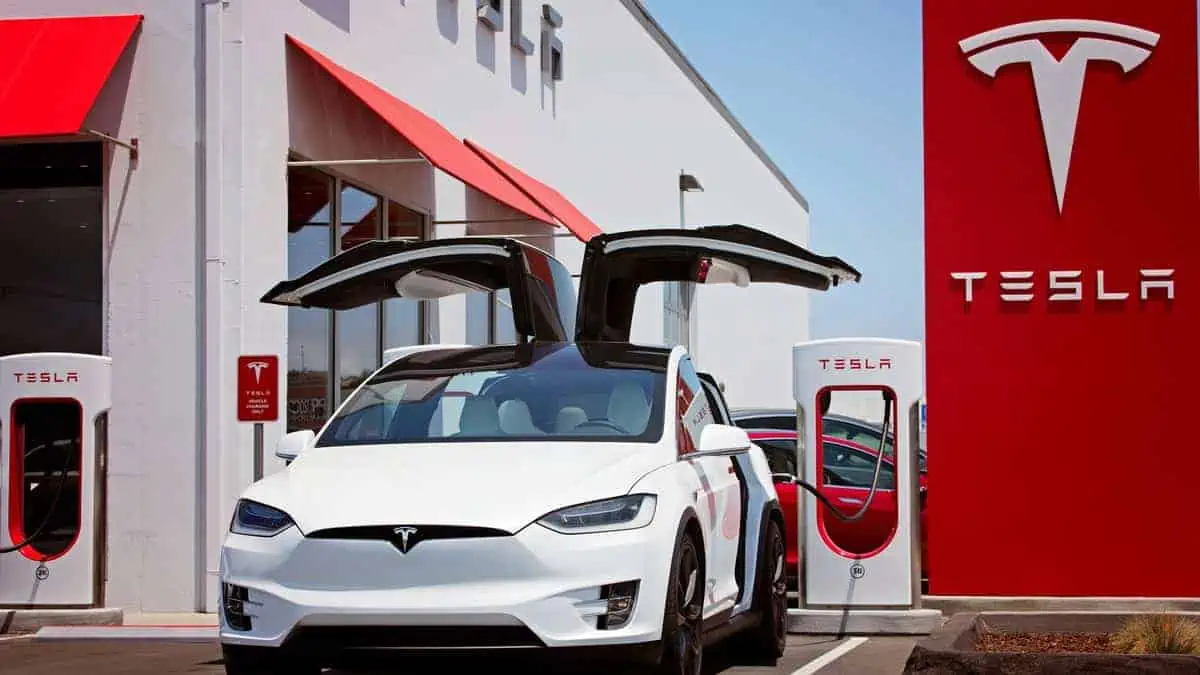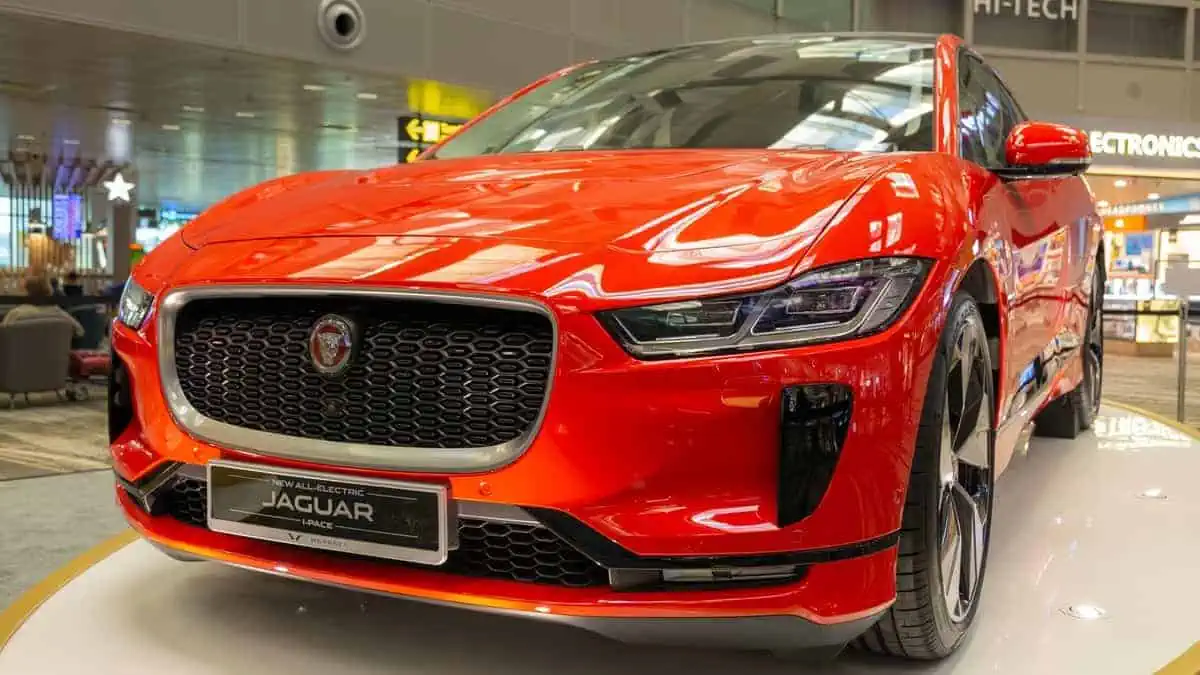Global EV sales undoubtedly remained strong. In 2022, 10,5 million new BEVs and PHEVs were delivered, a +55% increase over 2021. However, the regional growth phase is shifting.
Following two years of rapid sales growth in Europe, EVs gained only +15% by 2021.
Surprisingly, weak vehicle markets and continual component scarcities have taken their toll, exacerbated by the Ukraine conflict.
EV sales in the United States and Canada increased 48% yearly, despite a weak overall light vehicle market that fell by 8% in 2022.
The second period of 2022 saw a careful recovery of auto markets as numbers compared to the poor results of 2021 H1.
Global light vehicle sales for 2022, at 81 million units, were still -0,5% lower than in 2021 and -15% lower than pre-2020 levels.
China NEV sales increased by +82% yearly, despite all other headwinds (real estate crisis, Covid outbreaks, and lockdowns). BYD’s sales more than tripled to 1,85 million units, propelling it to the top of the global sales rankings if their 944 500 PHEV sales are included.
Tesla on the lead in 2022
Tesla maintains a commanding lead, counting only BEVs, with 1,31 million units supplied in 2022.
PHEVs accounted for 27% of global Plug-in sales in 2022, up from 29% in 2021. While their sales volumes increased, their share of the PHEV mix is decreasing, owing to incentive cuts and improved BEV offers.
The degree of electrification is becoming increasingly important in determining sales growth. While BEVs increased by 59% and PHEVs increased by 46% year on year, non-chargeable Full Hybrids increased by 15%, and Mild Hybrids increased by 1%.
For the first time in 2022, global sales of vehicles that can be charged from the grid (10,5 million) exceeded non-chargeable vehicle sales (8,4 million).
ICE-only vehicle sales fell by -7%; their global light vehicle sales share is now 76.8%, down from 82.2% in 2021.
FCEVs continue to be insignificant for the electrification of light vehicles, with deliveries remaining stagnant at 15 400 units in 2022, accounting for 0.02% of global annual light vehicle volume.
Rapid EV adoption in underserved auto markets has increased EV share even further.
In 2022, BEVs (9,5%) and PHEVs (3,5%) accounted for 13% of global light vehicle sales, up from 8.3% in 2021. Norway had the highest EV market share in H1 (BEV 71% + PHEV 8%), followed by China (27%), Europe (20.8%), and the United States (7.2%).
Indonesia (from 1k to 10k), India (+223% to 50k, nearly all BEVs), and New Zealand (+151% to 23k, for a 20% market share) were the fastest-growing markets. EV supply and adoption are now rapidly spreading into the global south.
In November and December of 2022, demand was distorted by upcoming reductions in EV grants in Europe and China and the IRA in the United States for 2023.
The report noted that the “demand for EVs and ICEs alike were pulled into 2022 or pushed into 2023.” Interestingly, EV Volumes anticipate irregular EV sales and shares in several countries in the first quarter of 2023.
It also anticipates 14,3 million EV sales in 2023, a 36% increase over 2022, with BEVs reaching 11 million units and PHEVs reaching 3,3 million units, and nearly 40 million EVs in operation by the end of 2023, including light vehicles, with 73% BEVs and 27% PHEVs.
EVs are resistant to market declines
Most fully grown auto markets saw double-digit sales declines from 2020 to 2022. Following the Covid crunch of 2020 and a +5% recovery in 2021, 2022 sales fell by 0.5% vs. 2021, with mature economies losing 5-10% of auto sales.
Meanwhile, most developing economies, notably India and the ASEAN countries, continue their strong recovery.
EV sales outperformed Europe by 21%, China by 87%, Northern America by 55%, and the Non-Triad markets by 78%. While global light vehicle sales fell -0.5% year on year, BEVs and PHEVs increased by +55%.
The relative weakness in Europe’s EV growth is due to the EV boom in 2020/2021 and the fallout from the Ukraine conflict.
China is the largest EV market, with 59% of global EV sales in 2022. Their position as the most extensive EV production base is strengthened, with China producing 6.7 million units, accounting for 64% of global volume.
Nearly 580 000 EVs were transferred from China, with Western brands accounting for the majority (407k).
The top exporters were Tesla, SAIC, Dacia, Polestar, Volvo, Lynk & Co, BMW, and BYD. All others exported less than 10,000 units.
OEM Deliveries of BEVs and PHEVs
Substantial increases in EV sales allowed nearly all OEMs to increase their sales in 2022. Total global EV shipments increased by +55% year on year; OEMs with higher growth increased their market share in the EV sector.
By increasing sales of existing models, effectively introducing new models, and focusing entirely on BEVs and PHEVs, BYD sold more than three times as many BEVs+PHEVs in 2021. Non-chargeable versions were phased out, with the final phase ending in April 2022.
BYD is now the largest manufacturer of PHEVs, rising from third place in 2021 to first place for BEVs and PHEVs combined.
Tesla dominates global BEV sales by a wide margin, accounting for 17% of all BEVs sold globally. Year-on-year growth was +40%, which was lower than the sector average but came from a high base.
The VW Group raised EV sales by only 10% in Europe, remaining flat from the previous year; BEVs gained while PHEVs lost.
China grew by 44% yearly, while North America grew by 18%. The VW ID.4, ID.3, Skoda Enyaq, and Audi Q4 e-tron were the most popular EVs in the group, all of which were BEVs and MEB-powered.
The Wuling Mini EV has reached its sales peak, resulting in a +13% gain for GM. GM’s combined EV growth, excluding the Mini EVs, was +68%.
Stellantis increased its EV sector share in Europe and the United States. However, Stellantis could not participate in the rapid growth in the Chinese market, given that it has only a small presence there. The volume increase of 34% is still higher than that of many other western OEMs.






